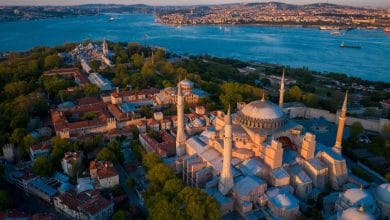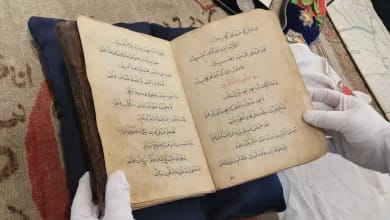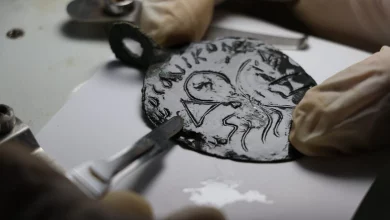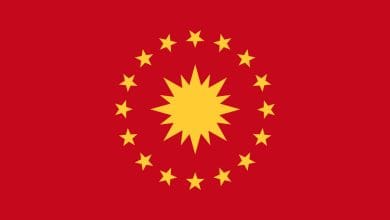Ottoman legacy lives on: Bosnia’s Gazi Husrev Beg’s Madrasa educates for 488 years
Preserving nearly five centuries of history, the Gazi Husrev Beg’s Madrasa remains a beacon of knowledge and tradition in Sarajevo.
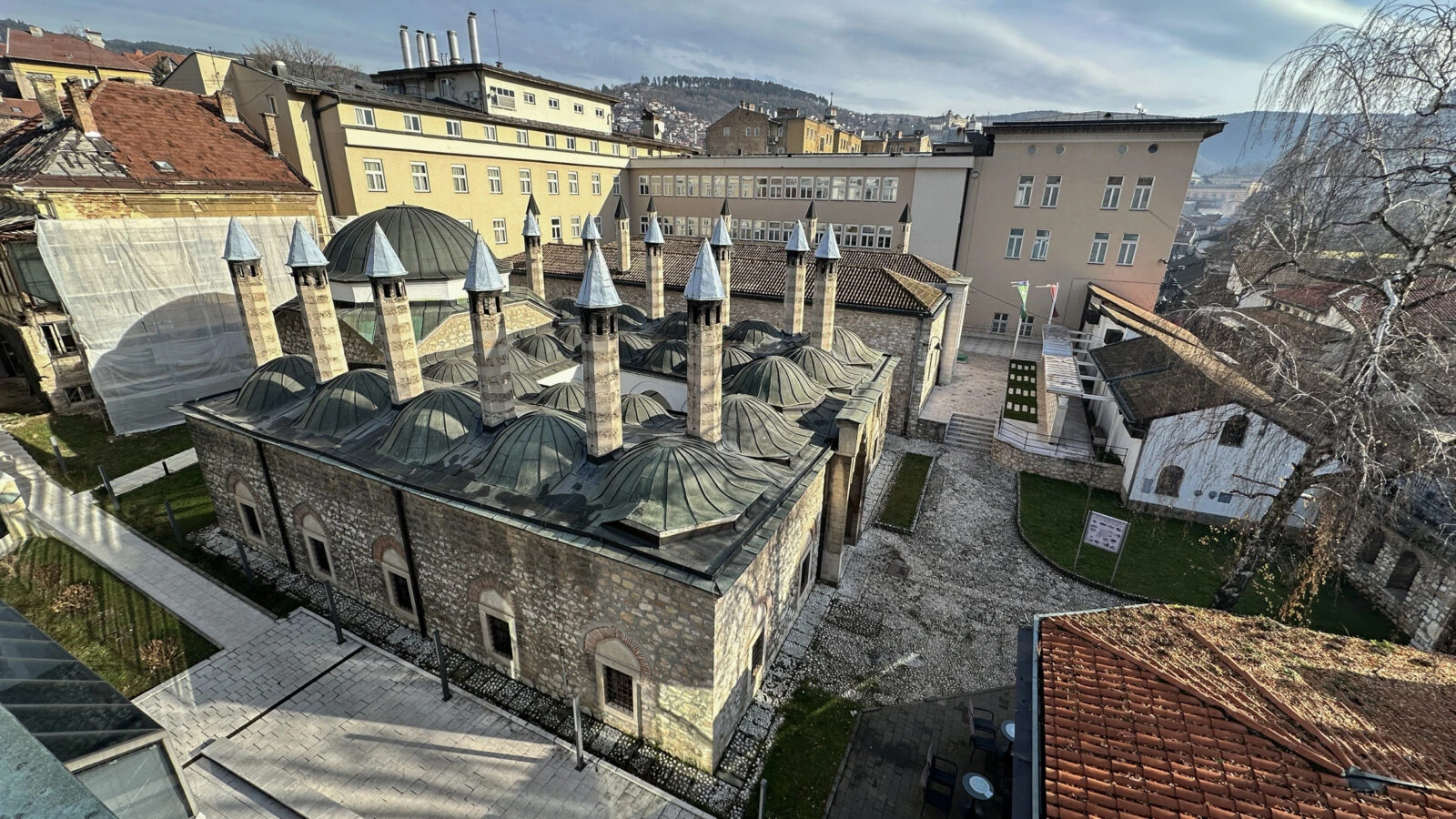
Located in the heart of Sarajevo, Bosnia and Herzegovina, the Gazi/Ghazi Husrev Beg’s Madrasa is a shining example of the Ottoman Empire’s cultural and educational heritage. Established on Jan. 8, 1537, by Ghazi Husrev Beg, grandson of Ottoman Sultan Bayezid II, this institution has been delivering uninterrupted education for nearly five centuries.
Recognized as one of the oldest educational institutions in the world, it is also among Bosnia’s most prestigious high schools.
The madrasa, situated in Sarajevo’s historic Bascarsija, was built as part of Ghazi Husrev Beg’s endowment, which also includes a mosque, library, clock tower, bazaar, and inns. Despite challenges such as wars and political upheavals, the madrasa has stood resilient, continuing its mission as a premier center for education in the region.
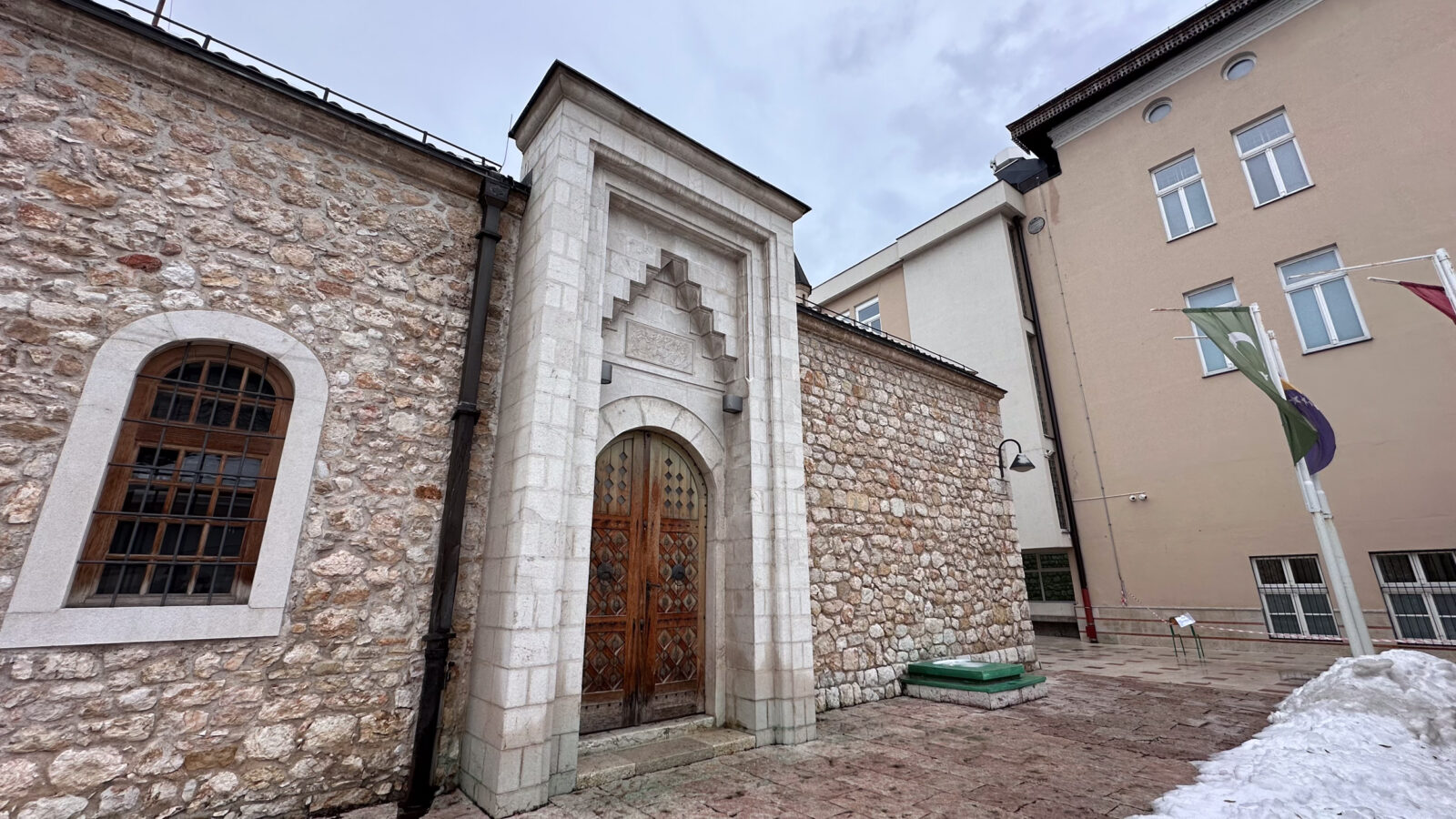
Blending religious and scientific education
The madrasa is renowned for its unique curriculum, which combines Islamic studies with modern sciences. Students receive lessons in subjects ranging from medicine and engineering to social sciences and religious life.
“We offer a high-quality education in both natural and social sciences, enabling students to pursue their studies in a wide range of fields,” said Cevad Pleh, Director of Ghazi Husrev Beg’s Madrasa.
The institution’s selective admission process ensures that only the top students from Bosnia’s nine-year elementary education system are enrolled. Currently, the madrasa accommodates 450 students in a boarding school system, offering separate facilities for boys and girls.
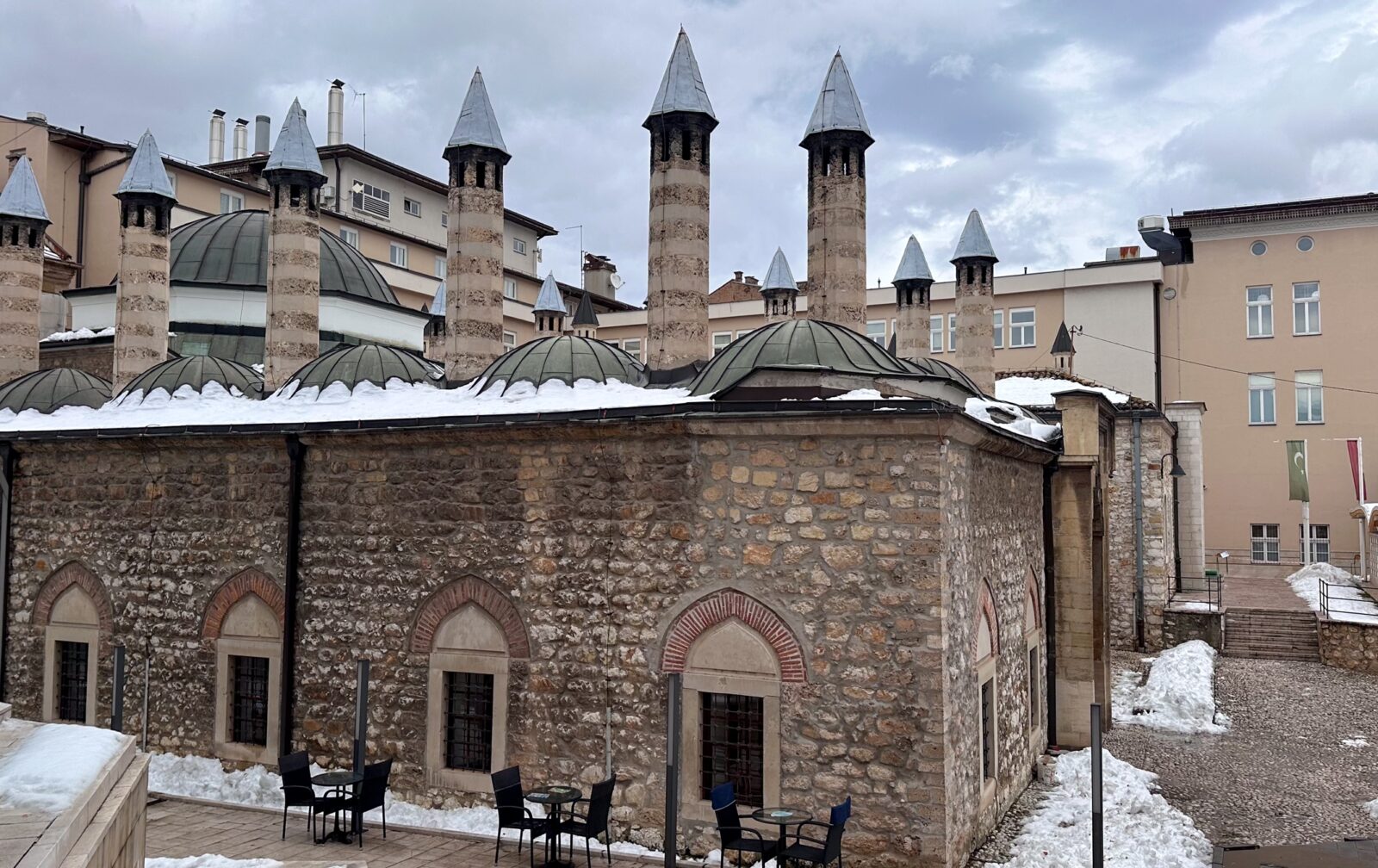
Ottoman legacy’s resilience during war and political change
Throughout its history, the madrasa has weathered numerous challenges. It continued its educational activities even during the Communist era in the former Yugoslavia and during the Bosnian War of 1992-1995 when Sarajevo was under siege. Its resilience during these difficult times turned it into a symbol of perseverance for the Bosnian people.
Director Pleh noted, “Our madrasa has never ceased its operations in 488 years. We have preserved our sacred values and traditions while adapting to modern educational standards.”
Shaping Bosnia’s leaders
Over the centuries, Ghazi Husrev Beg’s Madrasa has produced many prominent figures in Bosnia’s religious and political spheres. Known locally as “Kursumlija” because of its lead-covered roof, the madrasa continues to be a preferred choice for Bosniak families, offering education in English, Arabic and Turkish.
The madrasa was constructed in honor of Ghazi Husrev Beg’s mother, Selcuk Hatun, as recorded in the Ghazi Husrev Beg Foundation archives. A plaque on its entrance reads, “This building was made for those who seek science and the love of God with prayers. Ghazi Husrev, the defender of the faith, is the source of goodwill and pride of justice.”
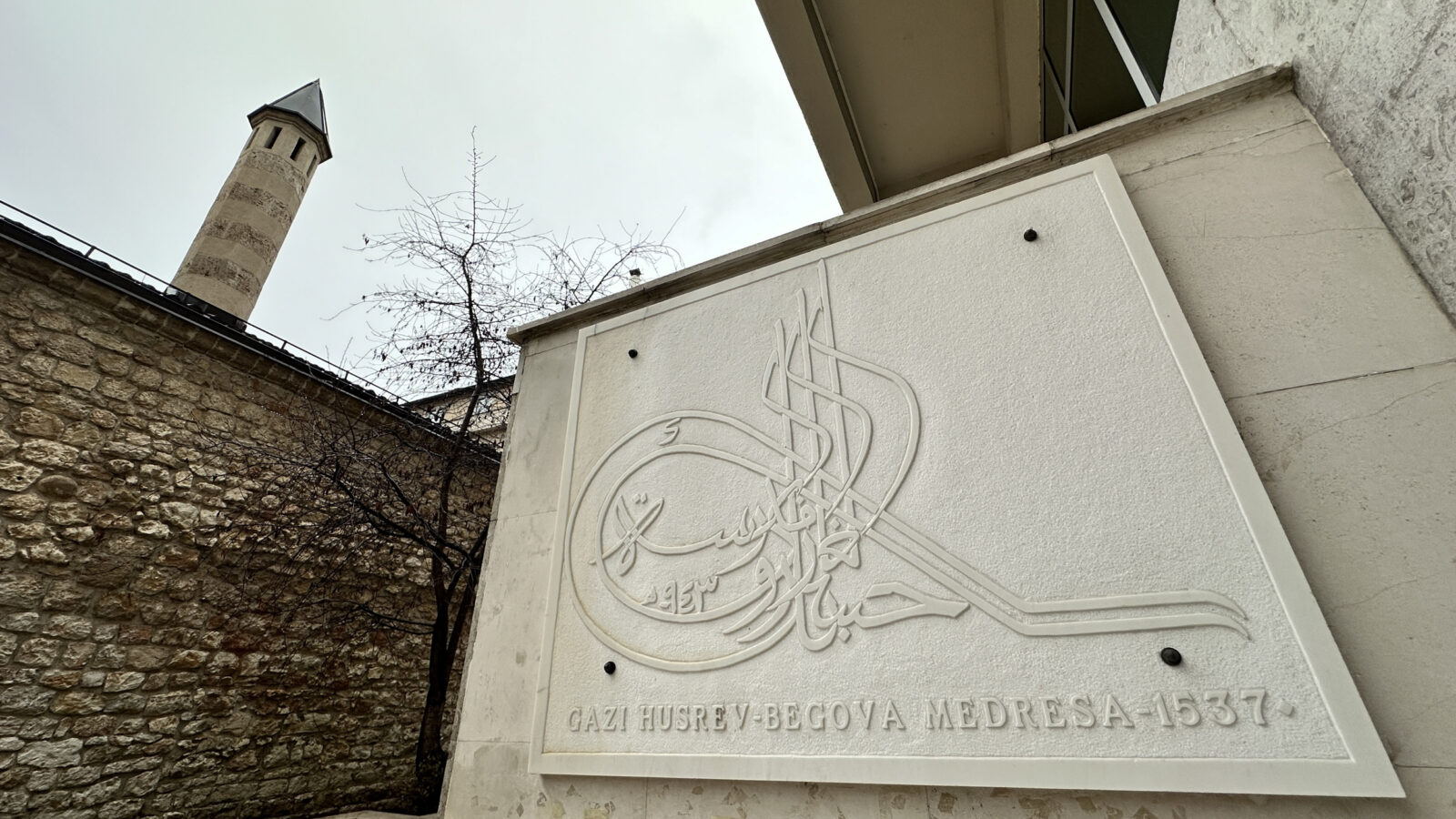
Pillar of Sarajevo’s urban development
Ghazi Husrev Beg, who served as the Ottoman governor of Bosnia in the 16th century, played a pivotal role in transforming Sarajevo into a thriving urban and trade center. While Ishakoglu Isa Beg is credited as Sarajevo’s founder, Ghazi Husrev Beg is celebrated for elevating the city’s status through his architectural and educational contributions.
Today, the Ghazi Husrev Beg’s Madrasa remains a testament to its founder’s vision and a bridge between Bosnia’s past and its future.
Its rich legacy continues to attract students and tourists alike, ensuring its place as an enduring symbol of education and culture in the Balkans.

